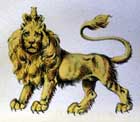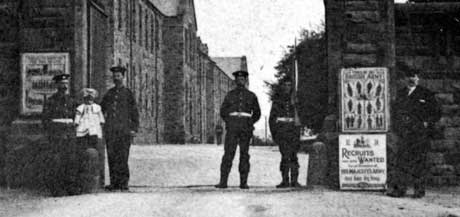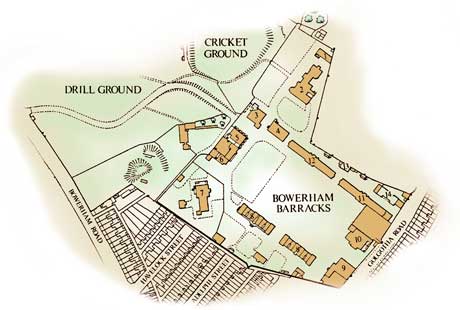 |
King's Own Royal Regiment Museum Lancaster |
|||
|
HOME Museum & Collections Sales Donations Events Contact Us REGIMENTAL HISTORY 17th Century 18th Century 19th Century 20th Century First World War Second World War Actions & Movements Battle Honours FAMILY HISTORY Resources Further Reading PHOTO GALLERY ENQUIRIES FURTHER READING LINKS
|
Regimental History Bowerham Barracks - The Depot of the King's Own Royal Regiment.
See also photographs of Bowerham Barracks. Bowerham Barracks was built as part of a reorganisation of the Army by the Secretary of State for War, Edward Cardwell, after the disastrous failures during the Crimean War (1854-1856). Cardwell placed the army on a regional basis and allocated particular regiments to particular areas. In 1873 the King’s Own Royal Regiment was allocated to Lancaster, with a recruiting area from Fleetwood in the South to Barrow in Furness in the West and Coniston in the North. Florence Nightingale, remembered more for her nursing dedication during the Crimean War than her statistical work, proved that ‘a soldier in barracks was twice as likely to die from disease than an individual member of the public’. Nightingale provided the driving force to a Royal Commission, and as a result new purpose-built barracks were to house numerous regiments including the King’s Own. In 1873 The War Office purchased a piece of land on the Bowerham Estate, for £7,300. The barracks were erected between 1876 and 1880. The barracks provided stables, an armoury, stores, guard room and hospital as well as accommodation for officers, sergeants and their wives and two barrack blocks for the recruits. On 20th April 1880 a party of thirty men of the King’s Own, under Captain Herbert Borrett, were the first to occupy the barracks. Further detachments arrived during May and June and by July the barracks were full. The 1st Royal Lancashire Militia relocated from Springfield Barracks to Bowerham Barracks in 1883 when it became the 3rd and 4th Militia Battalions of the King's Own Royal Lancaster Regiment. The main function of Bowerham Barracks, as Regimental Depot, was to provide recruits with their basic training. This function continued until the 1950s. From 1907 to 1912 the North Lancashire Bassett Hounds were kennelled at the Depot. During the Munich Crisis in September 1938 when there was a real fear of war trench digging took place on the playing fields, and key buildings were protected with sandbags. The Crisis passed, but within twelve months the country - and the Regiment - was at war. During the Second World War the Auxiliary Training Service took over Bowerham Barracks, at first for training, but later for accommodation as well. Following the reduction in the size of the army after the end of the Second World War, the King’s Own Royal Regiment (Lancaster), was amalgamated with the Carlisle-based Border Regiment. This resulted in recruit training moving away from Bowerham and the closure of the barracks on 26th September 1959. In the 1960’s the site was acquired by the Lancaster Training College (Church of England), later, the College of St. Martin. An appropriate name as St. Martin is the patron saint of soldiers. In the 21st Century the college became part of the University of Cumbria. Nearby Anderson Close is named after Lieutenant General Sir Richard ‘Totty’ Anderson - who was awarded the Distinguished Service Order for commanding the 1st Battalion in an attack on the Italian village of Montone in July 1944.
|



